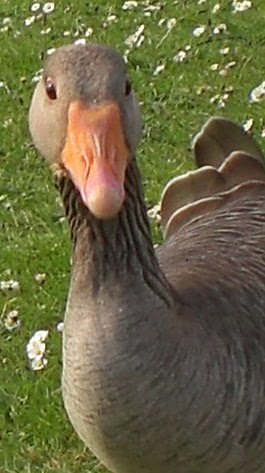I’ve been playing a bit more tennis in recent weeks, and
think that this may have worked into slight imbalances in the new position of
my shoulder as a result of the break. My
consultant calmly told me a while back that it would probably be a centimetre
of two shorter as a result – I was horrified – that’s about an inch cut off my
shoulder.
anyway, I slithered in rather miserably for my shiatsu
treatment and summarised my present feeling – rawness really all in that
shoulder area, though pain/ discomfort running along the clavicle, and also in
the infraspinatus (lower back shoulder blade area) – apparently this muscle may
be not holding the shoulder back properly, such that is what they call ‘dropped’
which actually seems to mean that the shoulder is more forward than it should
be.
anyway, somewhat to my surprise, even though I’m a shiatsu
practitioner myself, my shiatsu practitioner today started off with slow, calm,
palming bodywork of my left back area. I
realised that it felt like my right shoulder was calming itself somehow as a
result.
I realised that I was experiencing what I often explain to
people about chi/ ki/ energy – that we as shiatsu practitioners will often work
on the kyo (low energy) areas first, which brings energy into these areas, so
that the high energy (jitsu – often noticeably uncomfortable) areas may ease.
wow – I do this stuff all the time, but I was still blown
away at the feeling of ease at the end of the treatment.
My practitioner and I had also been talking about how we
distinguish conventional treatment (eg physiotherapy) from ‘un’ conventional
treatment such as shiatsu. They both can
be amazing and clever and skilful – but this treatment was a reminder of the ‘holistic’
ness of shiatsu. Wow (again).
